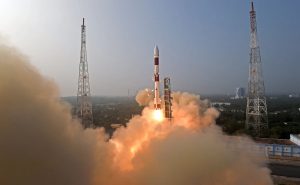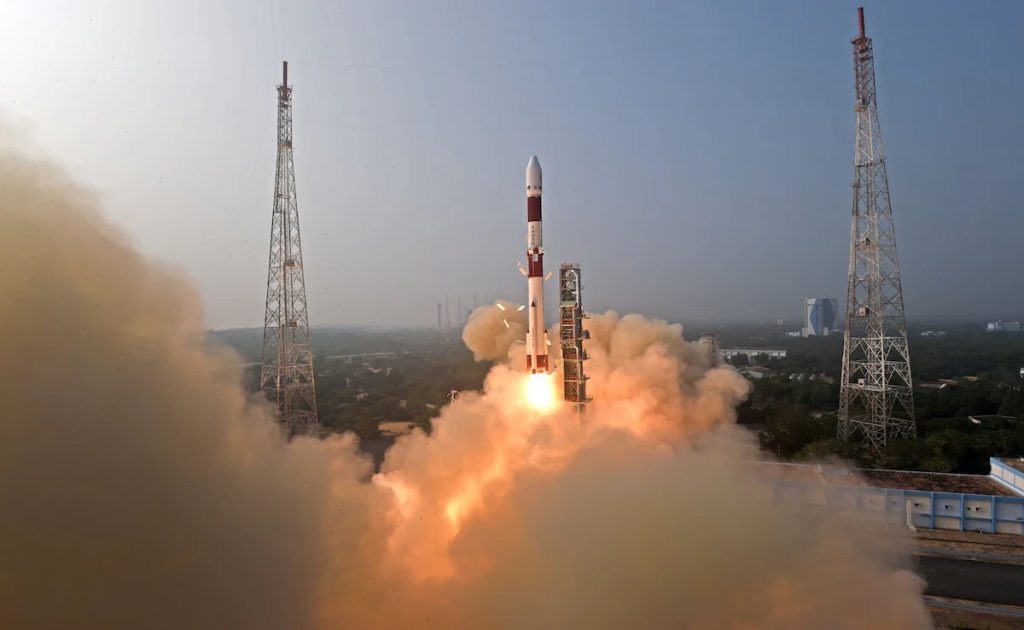 India becomes the second country after the US to launch a specialised astronomy observatory to study black holes. Here’s all you need to know about the XPoSat mission
India becomes the second country after the US to launch a specialised astronomy observatory to study black holes. Here’s all you need to know about the XPoSat mission
Sriharikota: The Indian Space Research Organisation (ISRO) launched its first space mission of 2024, the X-ray Polarimeter Satellite (XPoSat), on Monday, January 1, 2024. The satellite lifted off at 9.10 am from the Satish Dhawan Space Centre in Sriharikota, Andhra Pradesh.
XPoSat is India’s first dedicated scientific satellite designed to research space-based polarisation measurements of X-ray emissions originating from celestial sources.
With this satellite, India will become the second country after the United States to send a specialised astronomy observatory to study black holes and neutron stars in our galaxy.
What is XPoSat?
X-ray Polarimeter Satellite (XPoSat) is India’s first dedicated scientific satellite designed for research in space-based polarisation measurements of X-ray emission from Celestial sources.
The configuration of the satellite is adopted from the IMS-2 bus platform with the mainframe systems drawing from the heritage of IRS satellites.
The satellite carries two primary payloads; XSPECT (X-ray Spectroscopy and Timing) and POLIX (Polarimeter Instrument in X-rays). XSPECt was developed by the Astronomy Group of URSC, while Raman Research Institute developed POLIX.
With the launch of XPoSat, the PS4 stage will undergo two restarts to adjust the orbit into a 350 km circular orbit. The PSLV Orbital Experiment Module-3 (POEM-3) experiments are crucial to identifying payloads provided by Isro and IN-SPACe.
How will the XPoSat mission help?
XPoSat is expected to bring substantial benefits to the astronomy community across the world. The space-based X-ray astronomy was established in India focussing on imaging and time domain studies, the mission was to be launched on January 1, making a major addition to the scientific fraternity.
In its lifespan of five-years, the XPoSat mission will measure the orientation of vibration in light waves, aiding in comprehending the radiation mechanism and geometry of celestial sources.
Isro’s other plans
After XPoSat, Isro plans to place the Aditya L1 solar probe into a halo orbit around the Lagrangian point (L1). The mission is scheduled to take place on January 6, 2024.
On January 12, Isro is gearing up to launch INSAT-3DS meteorological satellites using its Geosynchronous Launch Vehicle (GSLV-F14). The mission aims to deploy satellites for the Indian Meteorological Department (IMD) as part of its climate observatory satellite series.








